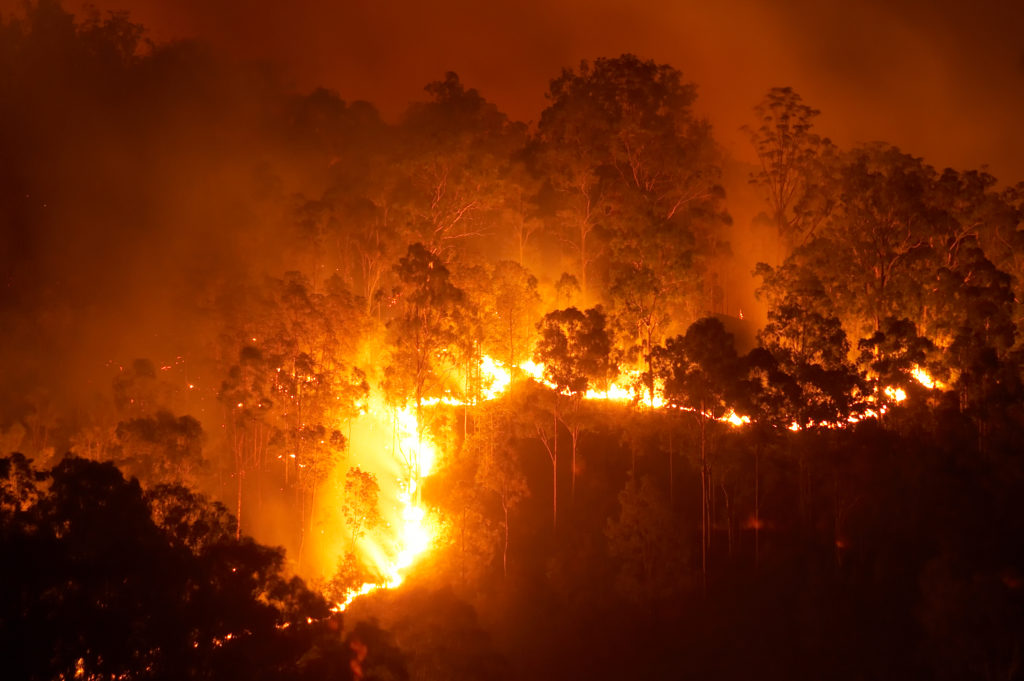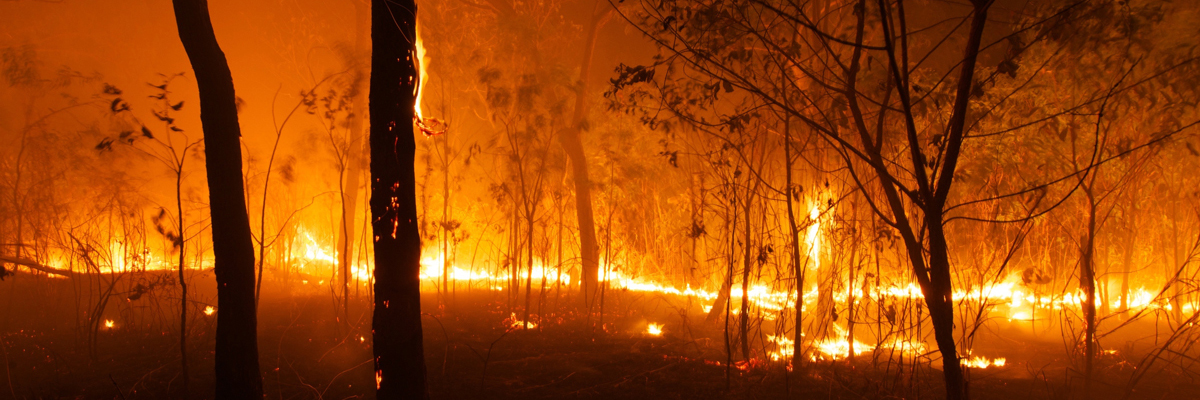From Analysis to Action: Utilizing Your BAL Report to Reduce Bushfire Ris
From Analysis to Action: Utilizing Your BAL Report to Reduce Bushfire Ris
Blog Article
Just How BAL Record Impacts Bush Fire Security Actions
In the world of bush fire security, the Structure Assault Degree (BAL) report stands as a vital tool that considerably influences the security and resilience of residential properties in fire-prone locations - BAL Report. The influence of a BAL assessment expands far past mere documentation; it works as the keystone for figuring out the suitable building standards and fire defense procedures essential to reduce the dangers positioned by bushfires. As communities grapple with significantly severe fire seasons, understanding how the BAL record forms these safety procedures becomes extremely important for home owners, policymakers, and builders alike
Comprehending the Bushfire Attack Level

Importance of BAL Record Analysis

Moreover, the BAL report evaluation serves as a foundational step in abiding by legal obligations and requirements associated to bushfire protection. Neighborhood councils and authorities often mandate the entry of a BAL report as part of the planning and structure authorization process to make certain that homes are sufficiently protected versus bushfire threats. Falling short to perform a comprehensive BAL report analysis can cause insufficient protection actions, leaving residential or commercial properties prone to devastating bushfire incidents.
Building Criteria Based on BAL
An extensive understanding of the Bushfire Strike Level (BAL) makes it possible for homeowner to implement building criteria tailored to their specific threat profile. Construction criteria based upon BAL are crucial in reducing the effect of bushfires on properties. The BAL rating classifies the prospective risk a property deals with throughout a bushfire on a scale from BAL-Low to BAL-FZ (Fire Zone) Each BAL level represents particular building and construction demands outlined in the Australian Basic AS3959-2018 Building And Construction of Structures in Bushfire-Prone Locations. Buildings identified as BAL-Low may only call for basic procedures such as getting rid of particles and preserving yards, while those in higher BAL classifications require more durable measures like coal displays, fire-resistant products, and sealed home windows. Following these building and construction criteria not only boosts the structural resilience of the property however also improves the total safety of homeowners during a bushfire occasion. Consequently, homeowner need to meticulously consider their BAL ranking and follow the corresponding building requirements to sufficiently safeguard their occupants and homes.
Executing Fire Defense Procedures
With the structure of building and construction view requirements based on Bushfire Attack Level (BAL) in area, the emphasis currently shifts towards the practical execution of fire protection measures to strengthen residential or commercial properties against bushfire risks. Easy steps consist of using fireproof structure materials, setting up ember guards on vents, sealing voids in roofings and walls, and preserving a clear room around the property complimentary from combustible plants. By integrating both passive and active strategies, residential properties can substantially decrease their vulnerability to bushfire cases and increase the safety and security of owners.
Shielding Homes Against Bushfires
Successfully securing homes versus the devastating influences of bushfires needs a extensive and proactive method to fire security procedures. Additionally, sealing voids and vents to protect against cinder intrusion, as well as including fire-resistant doors and home windows, can assist fortify the home's protection versus bushfires. By embracing a proactive position and incorporating these protective measures, homeowners can dramatically raise their opportunities of protecting their homes against bushfires.
Final Thought
In verdict, the Bushfire Attack Level (BAL) report plays an important function in establishing the needed protection actions versus bushfires. By analyzing the BAL, building standards can be tailored to reduce the dangers and ensure the security of homes in fire-prone locations. Implementing fire defense steps based upon the BAL report is important in securing buildings from potential bushfire threats. It is vital for house owners to focus about his on BAL analyses and follow suggested building standards to improve bushfire strength.
In evaluating bushfire danger to homes, understanding the Bushfire Assault Level (BAL) is an important component for implementing reliable defense measures. Overall, a clear understanding of the Bushfire Strike Degree is important for carrying out appropriate protection measures and mitigating the influence of bushfires on residential properties.
Report this page